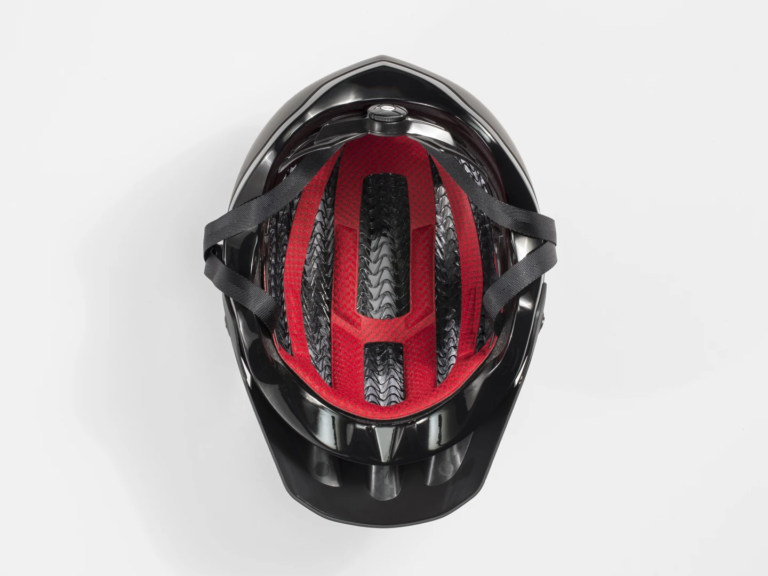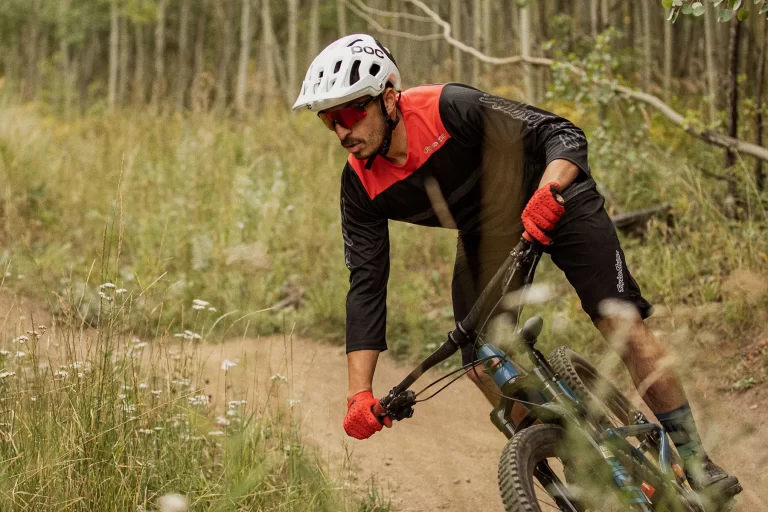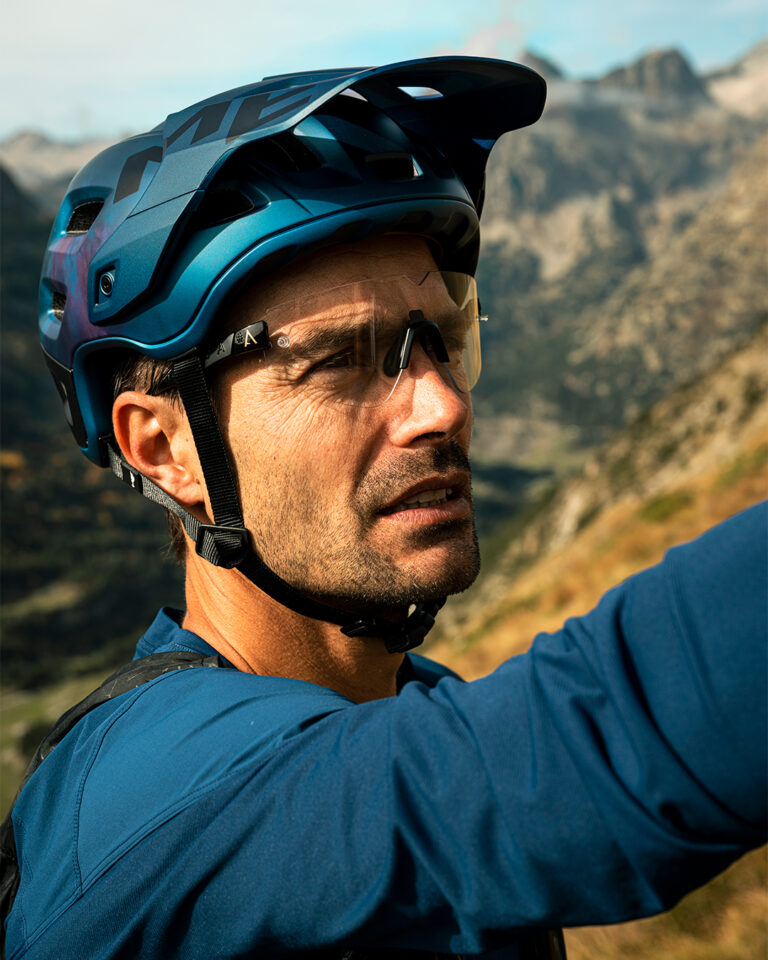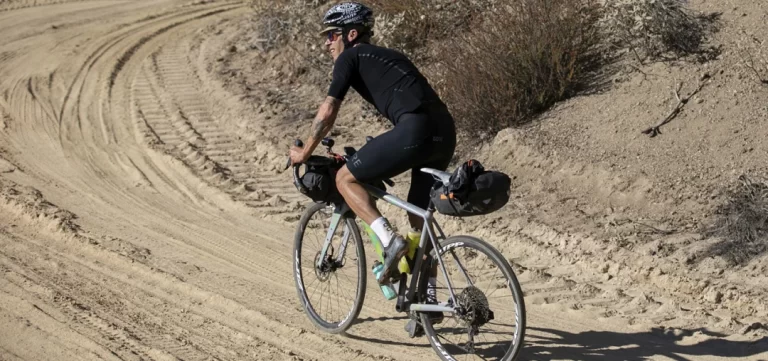Importance of Ventilation in MTB Helmets: A Master Cyclist’s Perspective

Key Point Summary of Importance of Ventilation in MTB Helmets:
- Maximizing Comfort and Performance: How effective MTB helmet ventilation enhances your riding experience.
- Health and Safety Aspects: The crucial role of breathable helmets in maintaining safety and preventing overheating.
- Choosing the Right Helmet: Tips for selecting the best-ventilated helmet for different cycling conditions.
As a master cyclist with extensive experience in racing and riding across varied terrains like mountain trails, gravel paths, and cyclocross circuits, I’ve come to appreciate the critical role that helmet ventilation plays. For beginners and mid-level cyclists, understanding the importance of MTB helmet ventilation is key to both comfort and performance. Let me share some insights and personal anecdotes that highlight why breathable helmets are a game-changer in the world of cycling.
Maximizing Comfort and Performance
Effective Airflow: The primary purpose of ventilation in MTB helmets is to promote airflow. When you’re tackling a challenging trail, your body generates heat. Without proper ventilation, this heat builds up, leading to discomfort and distraction. I remember an early race where my poorly ventilated helmet turned the experience into a sweaty struggle. A helmet with good airflow channels keeps your head cool and allows you to focus on the ride.
Weight and Design: Ventilated helmets are often lighter, which is a significant advantage on longer rides. My switch to a more breathable helmet made a noticeable difference in endurance and neck strain, especially on day-long mountain adventures.
Health and Safety Aspects
Preventing Overheating: Overheating is a serious concern in mountain biking. A breathable helmet helps regulate your body temperature, reducing the risk of heat exhaustion. I’ve seen riders suffer from heat-related issues, and it’s not pleasant. Good ventilation isn’t just about comfort; it’s about safety.
Moisture Management: Sweat can impair your vision and focus. Ventilated helmets help evaporate sweat more quickly, keeping your head dry. This aspect became evident to me during a summer trail ride where my helmet’s ventilation system kept sweat away from my eyes, allowing clear visibility throughout.

Choosing the Right Helmet
Assessing Ventilation Needs: The right amount of ventilation depends on your riding style and conditions. For intense or hot weather riding, look for helmets with more and larger vents. However, in cooler climates or for casual rides, fewer vents might suffice.
Fit and Comfort: A well-ventilated helmet must also fit correctly. No matter how breathable it is, an ill-fitting helmet can compromise its effectiveness. Ensure that the helmet sits snugly on your head without any pressure points.
Additional Features: Some helmets offer adjustable ventilation, letting you control airflow based on weather conditions. Features like moisture-wicking liners and anti-bacterial pads also contribute to overall comfort and hygiene.
List of Helmets Known for Great Ventilation:
- Smith Forefront 2: Renowned for its Aerocore construction, which pairs Koroyd with EPS foam, the Smith Forefront 2 offers excellent ventilation without compromising protection.
- Giro Chronicle MIPS: This helmet is a favorite among trail riders for its generous ventilation channels and the added safety of MIPS technology.
- Bell Super 3R MIPS: Ideal for enduro riders, this model features an impressive ventilation system and comes with a removable chin bar for extra versatility.
- Troy Lee Designs A2 MIPS: Known for its stylish design, the A2 also boasts massive air intakes and deep EPS channeling for superb airflow.
- POC Tectal Race SPIN: This helmet stands out for its ventilation and safety features, including POC’s proprietary SPIN technology. Or consider the POC Tectal MIPS version, which we have rated and ranked in our Best Bike Helmets list.
- Specialized Ambush Comp with ANGi: Offering extended coverage and a mindfully designed ventilation system, this helmet is a top pick for safety-conscious riders.
- Fox Racing Dropframe Pro: This open-face helmet provides exceptional breathability with its unique design, ideal for hot weather riding.
- Oakley DRT5: Developed with input from professional cyclists, the DRT5 features an innovative silicone sweat guard and excellent ventilation.
- Kask Rex: A choice for those who prefer a blend of comfort and style, the Rex offers ample ventilation and a lightweight design.
- Lazer Jackal MIPS: This helmet is praised for its incredible comfort, adjustable visor, and, most importantly, superior ventilation capabilities.
When choosing a helmet, it’s essential to consider other factors like fit, comfort, and safety features, in addition to ventilation. Each of these helmets brings a unique combination of these qualities to cater to various riding styles and preferences.
Personal Anecdote
On a particularly grueling uphill segment during a mountain bike race, I realized the true value of my well-ventilated helmet. As the trail became steeper and the sun beat down, I noticed that despite the exertion, my head remained surprisingly cool. This ventilation not only provided physical comfort but also kept me mentally focused on navigating the challenging terrain. It was a vivid lesson in how the right gear can significantly impact performance.
Final Thoughts
In mountain biking, every gear choice can influence your ride, and the helmet is no exception. MTB helmet ventilation is not just a feature; it’s a necessity for comfort, performance, and safety. Whether you’re a beginner or a seasoned rider, investing in a breathable helmet can enhance your overall cycling experience.
A cool head isn’t just a metaphor in mountain biking; it’s a literal requirement for tackling those trails effectively.
Ride On!
John






